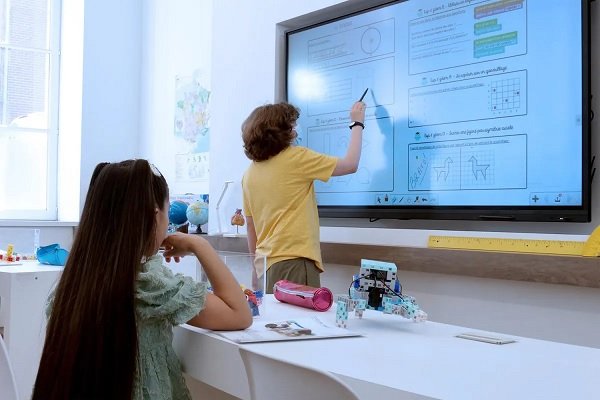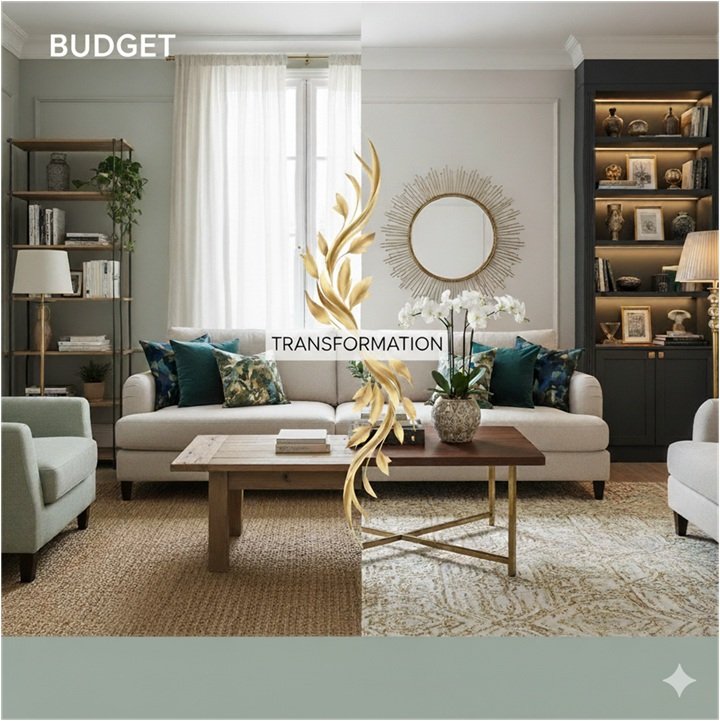The Rise of Interactive Technology in Workspaces
In today’s digital-first world, the way people communicate, collaborate, and share information has evolved rapidly. With remote work, global teams, and an increased reliance on real-time communication tools, traditional whiteboards and paper-based brainstorming methods no longer meet the demands of fast-paced business environments. As a result, smart boards have emerged as a leading solution for enhancing workplace interaction and productivity.
A smart board is an interactive display system that functions like a digital whiteboard. It allows users to write, draw, present, and collaborate on digital content in real time. These devices are often touch-sensitive and connect to laptops, cloud storage, and videoconferencing platforms, allowing multiple users to interact simultaneously, whether they’re in the same room or across the globe. What once required markers, erasers, and static projection now happens on a single, dynamic surface with endless functionality.
This shift toward smart boards is not just a passing trend. Businesses, educators, and even healthcare organizations are investing in smart board technology to improve communication, engagement, and efficiency. As the nature of work becomes more collaborative and visual, the tools we use must keep pace. Smart boards offer the flexibility, interactivity, and digital integration necessary to thrive in this new era.
From Traditional Whiteboards to Digital Innovation
The humble whiteboard has long been a staple in offices and classrooms. For decades, it’s provided a simple, intuitive surface for note-taking, idea-sharing, and planning. The physical act of drawing or writing on a whiteboard helps people visualize concepts, brainstorm more freely, and think collectively. In many ways, the whiteboard laid the foundation for the success of its more sophisticated successor: the smart board.
While traditional whiteboards still serve a purpose in some environments, they come with limitations. Content must be erased after each session unless someone takes a photo or transcribes notes. Remote participants can’t contribute easily. There’s no way to integrate multimedia or pull in digital documents, charts, or presentations. These constraints limit collaboration in a world that increasingly demands agility and remote access.
Smart boards take the essence of whiteboarding—visual thinking and shared ideation—and supercharge it with digital tools. Teams can annotate PDFs, launch apps, browse the web, connect to video calls, and save every stroke of the pen to the cloud. This transformation empowers participants to focus more on innovation and less on logistics.
Why Smart Boards Are Gaining Popularity
The widespread adoption of smart boards is being driven by several key factors. First, they cater to the evolving nature of teamwork. Whether employees are in the same building or scattered across time zones, smart boards allow for real-time input, screen sharing, and annotation. This creates a seamless experience for hybrid teams and ensures that no one is left out of the discussion.
Second, smart boards support a wide range of media types and applications. From Excel spreadsheets and PowerPoint decks to video files and design mockups, users can interact with virtually any kind of content. This versatility makes smart boards valuable across departments—from marketing and product development to finance and operations.
Another major benefit is the ability to save and share session content instantly. Instead of scrambling to take notes or losing insights to a wiped board, users can export meeting takeaways directly to email, cloud platforms, or project management tools. This preserves the momentum of collaboration and supports better follow-through after meetings end.
Finally, smart boards encourage more engaging and dynamic presentations. Whether used to pitch a client, train a new hire, or walk through performance metrics, these devices add a layer of interactivity that keeps audiences focused. By moving beyond static slides and incorporating live annotations or interactive features, presenters can tailor their message in real time and respond to feedback more fluidly.
The Value of a Smart Board for Conference Room Settings
The modern conference room is no longer a space with a single projector and a long table. It’s a hub of digital activity, where decisions are made, ideas are refined, and strategies come to life. Incorporating a smart board for conference rooms adds tremendous value by making collaboration more immersive and efficient.
Smart boards streamline meetings by combining multiple tools into one interface. There’s no need for separate screens, projectors, or whiteboards—everything happens on the smart board. Presenters can switch between visuals, write notes on the fly, and invite participants to interact directly with the content. Whether a meeting includes in-person staff, remote attendees, or a mix of both, the smart board bridges the gap with intuitive features like remote touch control, screen mirroring, and cloud-based file access.
Many smart boards also come equipped with voice recognition, handwriting-to-text conversion, and built-in cameras, making them well-suited for video conferencing. For organizations that prioritize efficiency and clarity in their communications, integrating a smart board for conference room purposes is an investment in productivity.
These tools also reduce reliance on printed materials and manual note-taking, contributing to a more sustainable and organized workflow. With everything stored digitally, teams can easily revisit past sessions, track progress, or onboard new stakeholders without repeating information.
Beyond the Office: Smart Boards in Education and More
While smart boards are rapidly gaining ground in business environments, they are also transforming education, healthcare, and public services. In schools and universities, interactive boards make lessons more engaging and accessible. Teachers can annotate materials, integrate videos, run simulations, and receive real-time student input—all from one device.
In healthcare settings, smart boards assist with patient education, staff training, and interdisciplinary collaboration. Visualizing procedures, discussing cases, and accessing digital records becomes more fluid when done on an interactive display. Public agencies are also adopting smart board technology to present data, hold virtual briefings, and foster community engagement.
These diverse applications show that smart boards are not just tools for convenience—they are enablers of smarter, more inclusive, and more effective communication. Whether in a classroom or a boardroom, they help turn ideas into action by making collaboration more tangible and impactful.
Conclusion: Smarter Tools for Smarter Teams
The growing popularity of smart boards is a reflection of a broader shift toward more intelligent, flexible, and connected ways of working. As organizations seek to improve communication, support hybrid teams, and streamline decision-making, smart boards are emerging as essential tools, not just for meetings but for long-term strategy and collaboration.
By building on the strengths of traditional whiteboarding while integrating cutting-edge technology, smart boards enable teams to think together, innovate faster, and stay aligned in a fast-changing world. Whether you’re outfitting a classroom or installing a smart board for conference room use, these tools offer a powerful way to bring people, ideas, and information together—exactly where they’re needed most.
Refresh Date: August 30, 2025










